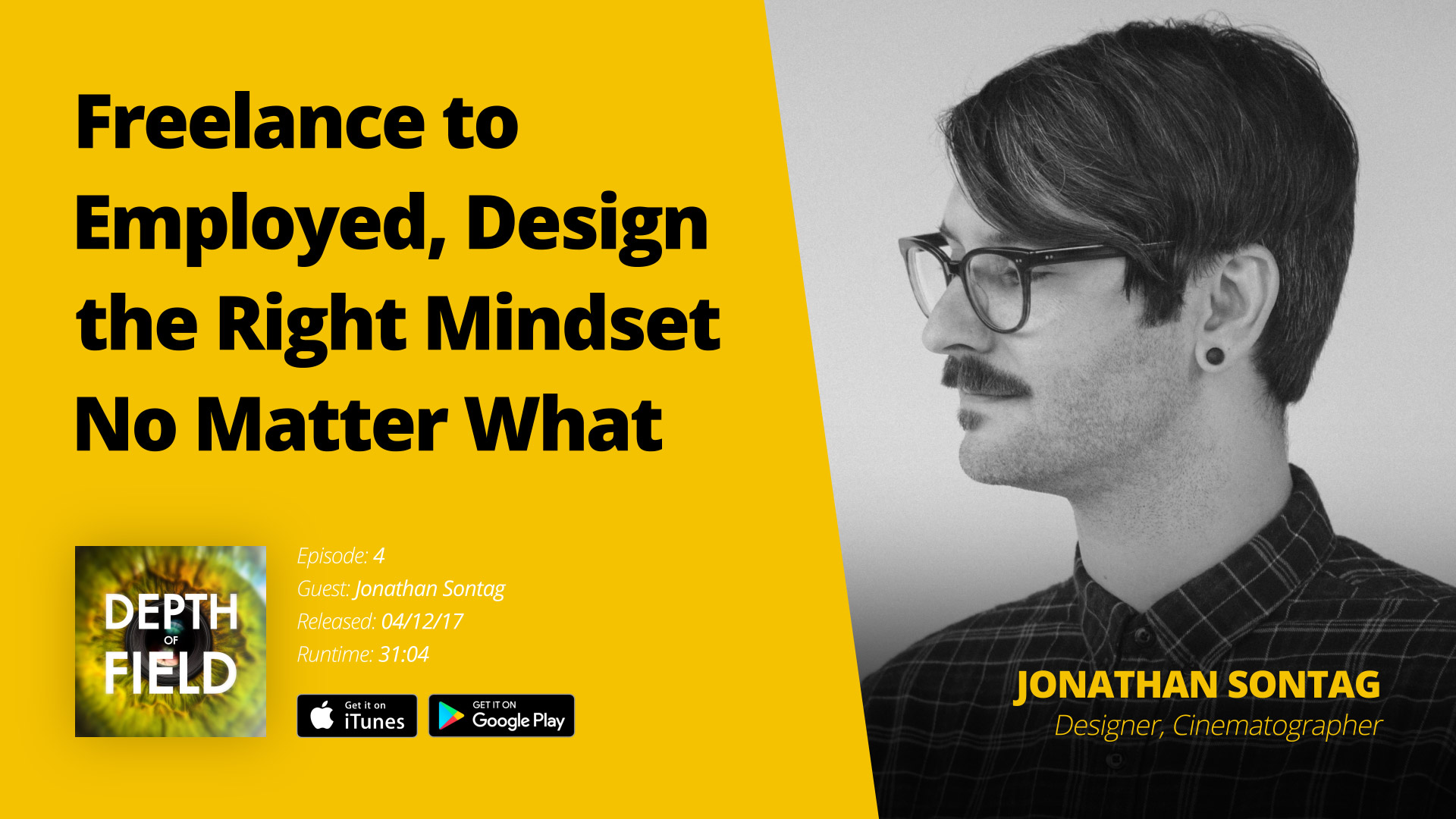
Journey through freelancing, starting a studio and accepting a full-time position as an in-house specialist. Jon talks about several aspects that make up great video production, including the art of design, having the right mindset and much more.
Related Links
Welcome
Adrian: Hey guys, I’m here with Jonathan Sontag, an established creative with 17 years of experience freelancing, operating a successful studio, and being a full-time employee. Plus, literally just today he learned that he got promoted to art director at his full-time job. So congrats, Jon, and thank you so much for joining us.
Jonathan: Yeah. Thank you.
Adrian: That’s awesome. It seems like the promotion is a real validation for the path that you’ve taken.
Jonathan: Yeah. Definitely. It’s definitely the first big leadership role I’ve had working in house. Coming from doing solely freelance and turning that into more over a studio over the past four years has definitely given me a lot of experience that I really wanted to apply to something in house when I made the transition, so this is a really cool move for me. Really excited about it.
Adrian: Well, before we start talking about that, let’s just take a step back and go to the beginnings of how you got into video, and just briefly give us a walkthrough of how you ended up where you are.
Jonathan: Well, I started freelancing right out of high school doing a lot of graphics, some web design, the occasional video here and there. And after that, I had a little bit of a portfolio, so it got me a few in house jobs doing mostly graphics, working for a publishing company, then for an entertainment magazine, all in the Bay Area. Ended up at a marketing production house. And that job actually helped me transition more from graphics into video because of the needs of our clients. And so I ended up doing a lot of motion graphics. I had always loved photography, so that kind of put me behind a camera doing video production, live action production. I started marrying the two. I got really excited about bringing my graphic design skills to the table when it came to video and even just design thinking in and of itself. And so that was kind of how I got to where I am today, doing what I’m doing now. And I think I used that opportunity working for myself to explore that even more.
From Studio Owner to Employee
Adrian: One big thing about what you’ve done is, I know that you were operating a studio. And you had a lot of projects going on and working with a lot of big clients too. And you transitioned from that to working as a full-time in house videographer. And I think this is a struggle a lot of people are dealing with, whether they’re just on the cusp of deciding whether they want to continue freelancing, or taking the step to starting a studio. And I’m sure they’re constantly being bombarded with job offers because video is just so in right now. I’m just curious to hear from your perspective. Why did you end up making the switch?
Jonathan: Well, it was kind of a lot of reasons. I had a couple close friends and some family members that had unfortunately passed over the past few years. And I actually ended up injuring, in addition to that, I injured my knee pretty bad. I broke it. Had to get some surgery. I still have a metal plate in it. And I’ve been trying to nurse that back to health for the past year. And so I think a lot of that stuff put a lot of stress on my life. And running a business, as you know, is very hard. And it’s taxing, and especially when you’re making that shift over a couple years from freelance to studio, it really eats up a lot of your time. And you have to be available. And I was stuck on a couch for a few months, and I couldn’t move. I had to really rely on my team to help make the videos actually come together.
Jonathan: Fortunately, I was working with my wife a lot, and she is just a phenomenal director. And so I was really able to lean on her. But I ended up having to do a lot more producer roles, which was great. I enjoyed doing that, but it definitely wasn’t my passion. I really liked working on the actual projects and getting my hands dirty. And I started to miss that. And I was also realizing that as fun as it was to work with a lot of different companies like Google, Invisalign, even Martinelli’s, a lot of fun brands, I also kind of wanted to dive a little bit deeper into one brand. And so that’s kind of what led me to making that transition.
Adrian: I understand. Almost like the difference between doing one film that’s really telling a larger story versus a TV show for a bunch of different shows entirely. Right? It’s like little segments. You’re telling more of a brand arc now at your new job.
Jonathan: Yeah. Actually, that’s a really interesting way of putting it. I don’t think I really thought of it that way. But it does feel like when you’re working with a lot of different companies, it’s like you’re making a lot of short films.
Adrian: Right.
Jonathan: And even though a lot of the productions that we’re doing at Mindbody right now are obviously shorter, 15 seconds to two minutes or so, there is an overarching story that we’re trying to tell. And I even had the opportunity to curate and actually author our video brand guide. And so that was something that I really enjoyed. And that’s, I think, what led me to shift from having a more specialist position to now becoming art director over at the video department.
Adrian: Well, I know that there were aspects of running a studio that you liked because I was sharing an office space with you at the time. And we talked about it a lot. I could see that I was exciting to you, and you were taking on certain projects. And you were working with … You were bringing more consistent people on board. It must’ve been difficult in some way. Right? Do you feel like you had to let some things go? Or was there a compromise that you felt? Or was it just all positive switching to this full-time job?
Jonathan: It definitely was very positive. But I absolutely miss working with my wife. I think a lot of people don’t … They’re not as lucky as we are. We just really shared a passion for the direction we wanted to take with video. And so I miss that a lot. And the work that I do outside of my job, honestly, I want it to be more and more with her. And so I think if there’s something that I miss, it’s that.
Adrian: If you were talking to somebody who’s considering starting a studio, what questions would you ask them? What would you have them think about before they made a decision on either starting a studio or accepting a full-time job? What do you think they should let run through their mind?
Jonathan: I think it is important to figure out what you like doing in regards to what we just talked about, about looking at running a studio like you’re making a bunch of short films and working in house like you’re working on an ongoing feature film. You have to think about whether you feel like what you’re good at and what you’re passionate about is going to work well with a lot of different brands. I think what I mean by that is that the experience you gain every single project, you can bring to the table for the next brand or the next project. I think that’s really important.
Jonathan: And then the other side of it, I think if you’re going to go in house, you really have to almost crave that community because I think you get that a lot more. For me, our team is about 50 people for a design team, and that includes copy, research, graphics, video, UX. And I love working with them. We all work together really close out in the open. We all collaborate. We all kind of work on each other’s projects. And I think that’s something that I wanted, but I didn’t really know I wanted at the time. And so I think if there’s someone that’s trying to figure that out, I think that’s a really good thing to kind of weight. And you can definitely get that community when you’re running a studio, but it’s a lot smaller and a lot more tight knit, which is great. And I definitely miss working with a lot of the people that I worked with. But it’s just two different ways of approaching production.
Adrian: Absolutely. And I shouldn’t have just actually said starting a studio because a lot of people listening are probably considering freelance, which is different, but along the same lines of what I was trying to get at. But as I mentioned in my first episode telling my story, being freelance is pretty much the opposite of what you just said in terms of having a team. Freelancing can feel very lonely. And that’s something to think about too. How are you going to get to satisfy those creative collaboration needs that you want? Because that can be difficult to find, so that’s definitely worth weighing. If a job is going to offer you connections and talented people to learn from, that’s definitely something to consider. I think that’s what you’re saying too, because when you’re around 50 people, it’s very likely that there’s going to be people smarter than you. And you can actually learn from them and create things that you couldn’t have done on your own.
Jonathan: Yeah. Absolutely. And they’re all coming from different walks of … Or different corners of design, I’d say. And so I think that’s something that’s really exciting. We actually have two other art directors. We have a marketing art director and a product art director. And they have pretty large dedicated teams that they’re working with all the time. And it’s really cool to work with the two of them and everyone they manage, to kind of inspire each other in what we’re doing and to keep that sort of design mentality alive and flourishing.
Creative Energy as an Employee
Adrian: How do you feel like your creative energy has been affected, if at all? Because when you’re freelancing and running your studio, you’re working on such a wide variety of projects. You were designing sets for radically different styles. But with your job at Mindbody, which I don’t think we’ve said yet, we should talk about that in a little bit. But at this job, you’re focusing, as you mentioned, on a specific brand and telling more focused narrative. I’m curious to hear if you think that your creative style is having to be focused in a different way. Do you feel like you’re losing a little bit of that creative dynamic? Or are you just applying it in a different way?
Jonathan: No. I think it’s kind of a continuation. I think that creative energy I got from working with Rachel, with my wife, was something I never had before. And it kind of set a new standard for me. And I think that ended up rolling out into the people I worked with through Tiger Caster, our video studio. That’s what kind of created that team. And then now where I’m at working in house, those are the type of creative relationships that I’m always looking for, and that I want to challenge and be challenged when it comes to that sort of collaboration.
Adrian: Do you still work on any personal projects at all?
Jonathan: Yeah, definitely. What I was saying earlier, I’m trying more and more to let that work that I do outside of my day job be something that I can do with Rachel. We’re actually going to Switzerland in a few weeks to shoot a wedding. We’ve shot, I don’t know, somewhere around 30 or 40 weddings together over the past few years, so it’s kind of tapering out. We take on a few here and there, especially when we get to travel to cool places like that. But I think that she and I are actually going to start doing more and more photography, portrait sessions, and stuff like that. It’s really fun. I’m enjoying that a lot. I think that really helps me take a step back from video and think about that sort of photography, Director of Photography element when it comes to film making.
Adrian: I think I’d be curious to hear a bit about what your day to day looks like at Mindbody before, obviously, this promotion to art director. But just to give somebody who maybe has never had a full-time job as a videographer. What was your title before art director?
Jonathan: Video and motion graphics specialist.
Adrian: Okay. For somebody in that type of role, multifaceted, what’s a day to day look like?
Jonathan: Yeah. Well, it is definitely in a straightforward production role. I think the initial ask was to just do that to focus on live action video and motion graphics and to support a lot of requests that were coming from the whole company that would be filtered through the marketing department, and to just help make that happen so they wouldn’t have to lean on other studios and contractors as much as they had in the past. That was pretty much the day to day. I ended up doing more and more photography as well, in addition to that.
Adrian: How many shoots do you feel like you’re working on in a month?
Jonathan: It depends. We’re actually trying not to just be overloaded with shoots. We’re trying to take a request for a single video and turn it into 30 videos. We actually had a request to film our conference. It’s called Bold. It’s similar to Adobe Max, but for our software. Mindbody is a bit business management software that services the wellness industry, so we hold that event for our clients and subscribers to come and learn more. And the request was to just create a sizzle, a recap, so that we could promote it for this year. And we realized that there was a lot more that we could do with that, so we shot a ton of interviews, a ton of B roll, and it was just me, another video production specialist, and our producer. And it looks like we’re probably going to be able to end up cutting about 30 something videos after that. That’s kind of been our focus, a lot more design and campaign driven.
Adrian: Love that. Yep. When do you think your most creative times are? And do you have any routines or specific things that you do when you’re kicking off a project, just to keep that creative flow from the get go?
Jonathan: Yeah. Yeah. Totally. I’m definitely a morning person. I go to bed pretty early these days. But I get up around 5:00 kind of naturally. My brain’s going pretty fast, and so I try to harness that energy that I end up having early in the morning to focus a lot of my thoughts, because if I don’t do that, I’m going to be a little bit scattered throughout the day because I never had a chance to write some things down or organize some thoughts. So that tends to be something for me personally that I like to do. And I just use even like Slack on my phone. And I’ll just sit there and actually create outlines and diagram my thoughts out a little bit. And then once I get to work, I can hit the ground running. And I already have a lot of my thought process worked out, and I can walk into meetings and have those thoughts challenged by my coworkers, and try to grow them through the production that we’re doing.
Adrian: Awesome. I love that. Yeah. I’ve been trying to get up earlier lately as well, and that does help a lot, that when you hit your actual work day that you’ve had time to process and think about what you want to tackle. You’re able to just be a lot more creative because those things aren’t in the way of that energy, so that’s awesome.
Jonathan: Absolutely.
Favorite Aspects of Production
Adrian: What do you think is your favorite part of working in video? Because I know that you’ve dabbled in motion graphics, well, not dabbled, but you’ve actually worked in motion graphics, photography, and all sorts of these different mediums. But it seems like you’re gravitating towards what I would call traditional video production. And you seem to love that. I’m curious to hear. What do you find most attractive about that?
Jonathan: Yeah. That’s a good question. Actually, I’ve been thinking about that one a little bit. I think what excites me most about video is that it doesn’t feel like it’s just about video. I feel like there’s a lot more that goes into it. And it seems to be the culmination of a lot of different crafts that you can focus on. And that’s typically why video production would need a lot of different experts to help make it happen, whether it’s someone who can focus on script writing or someone who’s just so deep in production, they just have an answer for any sort of question on how you shoot this, or how you shoot that. Requires people who really understand how to produce, how to focus on logistics. And I love that. I love that it really requires a team to do something right. And so I think if there’s anything that excites me more, it’s that sort of widespread team element that really strengthens the craft. I think that’s exciting.
Adrian: Right. And on set and in production, that really is apparent visually because you have all of the team working together, and you’re all striving to make this because you have to do it right then in production, whereas in animation, you can kind of draw it out. And usually, it’s one person, which is kind of a downside to animation when there’s so much weighing on just one or two people to execute. And I kind of feel like that’s what you’re saying, is you like that collaboration and you like how everybody’s having to depend on each other. And I can see that. There’s a lot of camaraderie in that. And I think people that do that stick together and build strong friendships because of that. There’s like a pressure that kind of molds them together almost.
Jonathan: Yeah, no. Totally. I played a lot of music when I was younger, and actually toured for a year with a band in my early 20s. And I’ve just loved that experience so much. And working with video kind of feels like you’re forming little bands along the way. And everyone kind of has their role. And that camaraderie is very reflective of what it’s like to be in a band. Even on set, I feel like that fun kind of goofy element is just always there. Everyone kind of has to have that vibe. And the people that I’ve worked with that are just jerks on set, no one wants to work with them. You really have to have a fun, upbeat attitude because it can be really stressful. And you work long hours and long days and you travel. I think it really requires that, so yeah.
Adrian: Before we were recording, you mentioned as you were working on all these different mediums that you didn’t really get attached to one because … Or just as you were doing it, you were really trying to find the design in it. You didn’t get obsessed over the medium like it’s really easy to do, where you’re just focused on techniques and learning the new things. But through each one, you had your eyes on the design. And that’s what kept you kind of dabbling in each one because you could find a little bit of a different aspect in each one. I’d love to hear you talk a little bit more about that.
Jonathan: Yeah, yeah. I think starting out as a graphic designer, which I feel like a lot of times when you say, “I’m a designer,” that’s one of the main things that you might think, whether it’s architecture, interior, or graphics. But I think design is a very general term. And I don’t think that a lot of people apply that to video, which is kind of ironic because from my experience of working with a lot of film makers, I think they’re some of the best designers because they have to really think about how a shot or how an animation is going to engage with the viewer, how it’s going to cause them to think or feel, what emotions it’s going to stir.
Jonathan: And that to me, is all design. That’s problem solving. So if you’re trying to communicate something to someone, or make them feel something, that essentially is a design problem. I like taking that into more of the, I think, commercial route where you’re actually trying to communicate something specific about a company, or a service, or a product. You’re just trying to sell something. I think it’s really neat to marry that kind of classical design approach to that, I think, innate design approach that comes from film making itself.
Adrian: Yeah. That’s really interesting because when we say the word design in our industry, especially mine, I immediately think of graphic design. And I think a lot of people would be guilty of that. But I think what you’re saying is there’s a much wider perspective that we should take in terms of the definition of design. And I think I’ve seen this based on just the way that you admired furniture design, for instance. I think you even had some books of that at the office. But there’s so many aspects to design in that regard. And people are using design to solve problems that way. And video requires that level of design, whether it’s just the way that you have the background laid out or the way that you’re subtly using motion graphics in combination with your video. And all of that is the design of the video, and it’s like the direction of the video. I think that sounds like that’s what you’re trying to say.
Research & Measuring Video Analytics
Jonathan: Yeah, yeah. Definitely. I think where I really find that at Mindbody, the fact that we have a research department, that’s huge. I mean, we’re looking at so many different things and aggregating a lot of different analytics. And it is really driving our approach. It’s really challenging the way that we do things. And it’s effective. We’re trying to listen and pay attention to our clients and our viewers. And we want to essentially be obsessed with their journey. And you can’t do that without listening, without doing something research. And research, I think that’s the core of design. Without that, you have nothing to … No compass, there’s nothing to design. There’s no problem to solve because you don’t know what the problem is.
Adrian: That is so true. And that’s actually something I’ve wanted to rant on for a while because throughout my last five years of running an animation studio, it’s amazing how clients will not run a video with a way to collect metrics or figure out if people are actually taking action after watching the video. And I feel like I love that you guys are doing that because that is just critical to make better videos. How do we get people to watch to the end? How do we get people to click this link, or to learn more about what we’ve just told them? So that’s awesome that you guys have a team dedicated to that. And I think everybody listening that’s in any type of creative industry should strive for that to collect feedback in a meaningful way. Not just: Did you like it? Or did you not like it creatively? It’s like: Did you actually want to learn more about this afterwards?
Jonathan: Yeah. Definitely.
Solve Problems with Your Production
Adrian: That’s great. That’s great. Let’s switch gears a little bit. Let’s talk about what you would recommend to somebody who is planning a shoot that maybe doesn’t have ton of experience, or maybe it’s some obscure tip that you have that’s not so common, but just something that you’ve learned now that you’re doing it so much. What’s a small thing that you’d recommend to somebody?
Jonathan: Yeah. Even just kind of continuing from what we were talking about, I think the most important thing is to just ask that question of: What problem are we solving? And I think you start there. And then once you have that in mind, the two things that I think are most important are organization and purpose. I think if you can’t get organized, you’re going to fail. And if you can’t find that purpose, you’re going to fail. And those things are so important.
Jonathan: I can’t tell you how many times at our office I overhear someone saying to their coworker or someone from a different department working on a video with them, “What problem are we trying to solve?” And when it comes to video or just planning a video shoot, if you don’t ask that question, you could plan a production that is so off. You could over produce it or completely under produce it. And so I think that’s always my starting point. You could get a lot more granular with that question. But I think that is first and foremost the most important thing.
Adrian: That’s good. There’s more than just making it look good. That’s for sure. On the opposite spectrum, what’s something that you’d recommend people not to do when they’re planning or executing a film shoot?
Jonathan: To try and make something for your portfolio, visually for your portfolio. I think a lot of people do that. They’re like, “Okay. I just a request to make this video. And I’d really love to do this thing because I want to show that in the work that I’m doing.” I think that’s great to be passionate about that. But ultimately, if you’re planning a shoot that’s not your own short film or feature film, you’re doing a job. And you should think about, again. What problem should I solve? And who you’re servicing, and what the content is before you kind of inject your own personal style. I think you’ve got to have that design focus first, and then you get to be a human, a human being. Human beings are artistic. And I think when you get that reversed, it’s just putting the cart before the horse.
Adrian: That’s great. That’s great. It actually reminds me of when I was immature as an animator. And I would just look for the one clip that I could include in my demo reels. That’s what I was obsessing over. What’s going to be the five second clip thing I put in my demo reel? And it’s such an immature way of thinking because you’re not putting your perspective on creating an effective end piece, thinking about your clients needs. You’re kind of just selfishly wanting to get the one clip that you’re going to use. That’s great advice about that.
Adrian: All right. Let’s switch over to something fun. Well, not that this hasn’t been fun. But let’s talk about what you’re favorite movie is from the last few years and why.
Jonathan: Well, I do work in video. And so you might think I’m a film buff of sorts. And I do appreciate a lot of really talented film makers that are a little bit more classical and artsy. But to be honest, I love comic books. And I think some of my favorite movies have been Guardians of the Galaxy, Dr. Strange, anything like that, I think I get most excited about. I think it’s because it has that sort of fantasy element that really kind of helps me just walk away from the craft and just experience something that is just pure entertainment.
Jonathan’s Practical Advice
Adrian: Very cool. All right. Well, we’re going to go ahead and wrap this up. But before we go, one thing I like to ask every visitor on the show is: What’s a practical challenge that our listeners can focus on to improve their career?
Jonathan: I think that you kind of have to first take whatever it is you’re really excited about. And so for me, someone who does really enjoy just watching comic book movies or fantasy movies, and just gets excited about, I think, the craft of making video, you need to find someone that’s going to kind of counterbalance your way of thinking. And so for me, I definitely had that with Rachel. She came to it with a different perspective, and I think that’s why she made a great director. And I could work more in the post production and producer side of things.
Jonathan: And now at Mindbody, I have someone I work with. His name’s Griffin. And he’s awesome. He takes a lot of care. He puts a lot of care into his craft of film making. He didn’t necessarily have the same background I had when it comes to design, but I think that’s a really strong thing for our team because as I’m trying to look more at the bigger picture, I can really rely on him to challenge what it is I’m trying to do and to make sure that it’s done right, and that I don’t skip around things that might be really important to make something as impactful as it might be.
Jonathan: And so I think if you want to work like a designer, to be a designer, you have to work with other people. And when it comes to working with other people, it’s really good to find those people that can challenge you, and to kind of round out what it is you’re trying to accomplish.
Wrap Up
Adrian: Awesome. That’s good. Well, before we go, is there any social media or websites you want to plug? People can get in touch, asks questions about the episode, or just the work that you’re doing in general.
Jonathan: Yeah, yeah. Definitely. I try to post a lot on Instagram. It’s at Jon Sontag. I’m still trying to keep the dream alive a little bit with my wife over at thesundaysaloon.com. You can kind of see some of the wedding videos we’ve done. And we’re going to start posting more and more photos as we start doing that. If you’re curious to see what I did before that, you can go to tigercaster.com. It houses all the work we did as a studio and an agency over the past few years before I started working at Mindbody.
Adrian: Awesome. I take it we’ll be seeing some pictures of Switzerland on your Instagram real …
Jonathan: Exactly. Yeah.
Adrian: Awesome. Cool. Well, Jonathan, thanks for coming on the show, man. That was great to have you.
Jonathan: Yeah. Thanks for having me. Appreciate it.


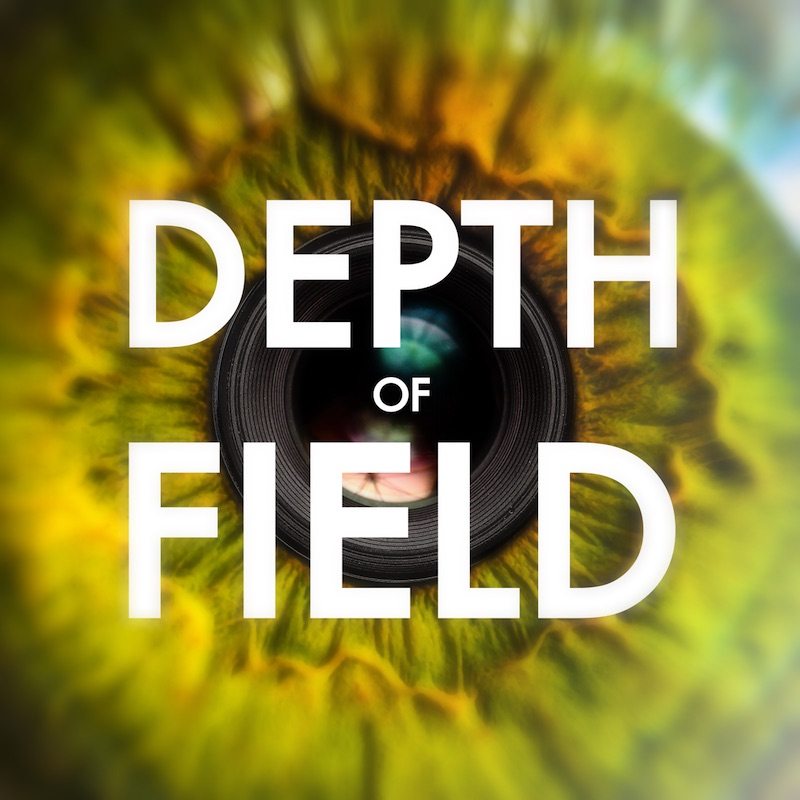


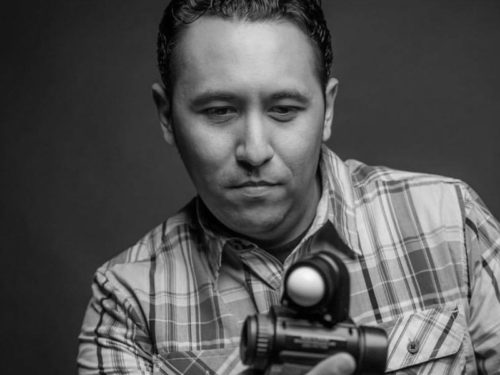
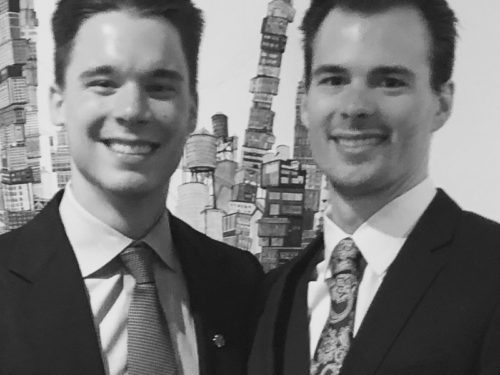
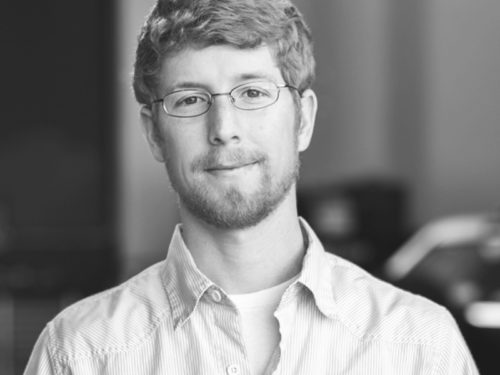
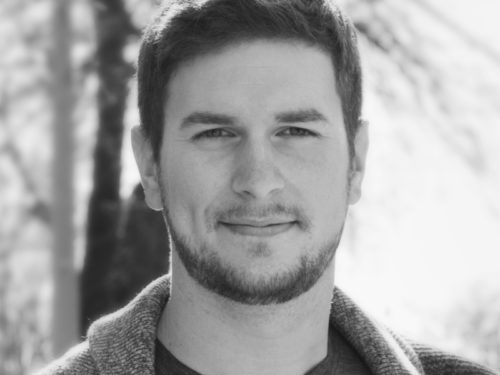
0 Comments